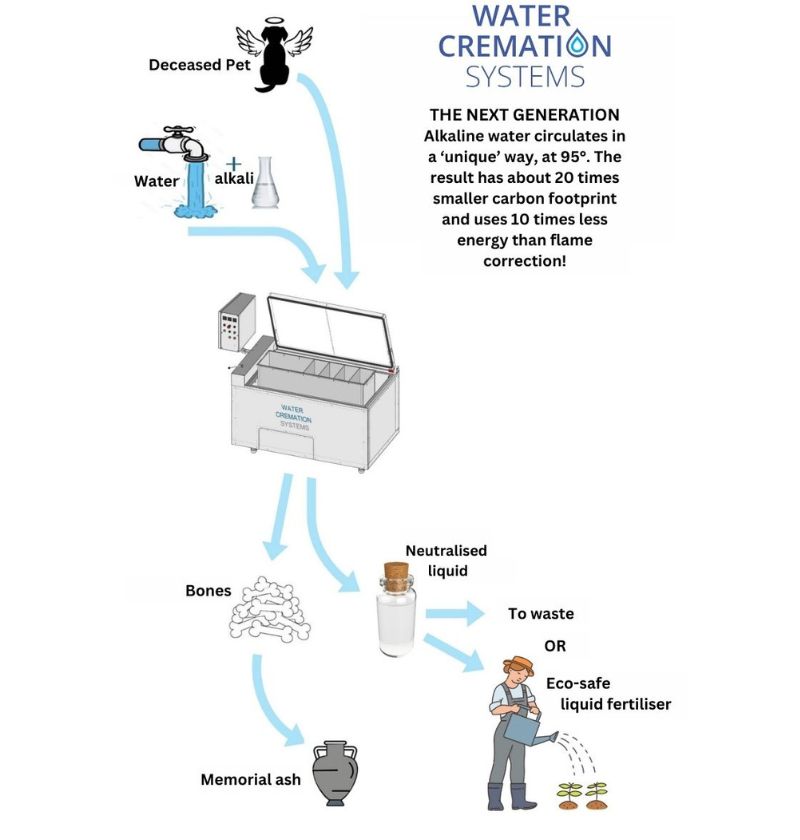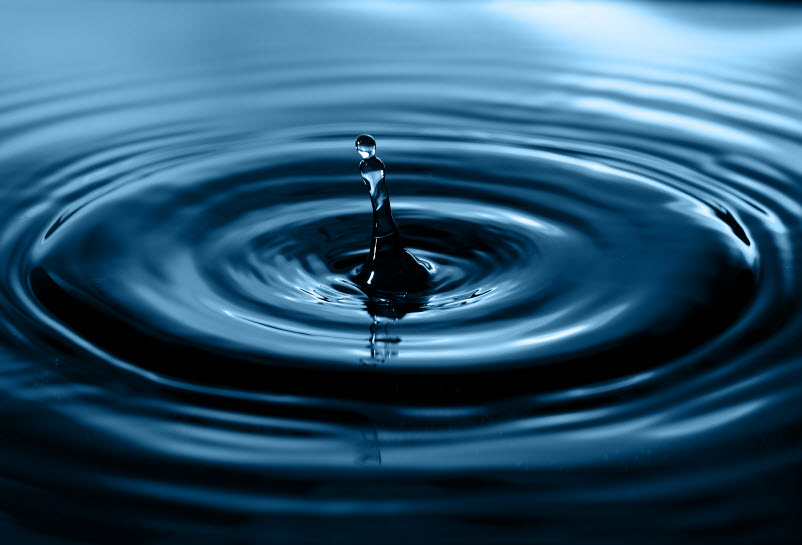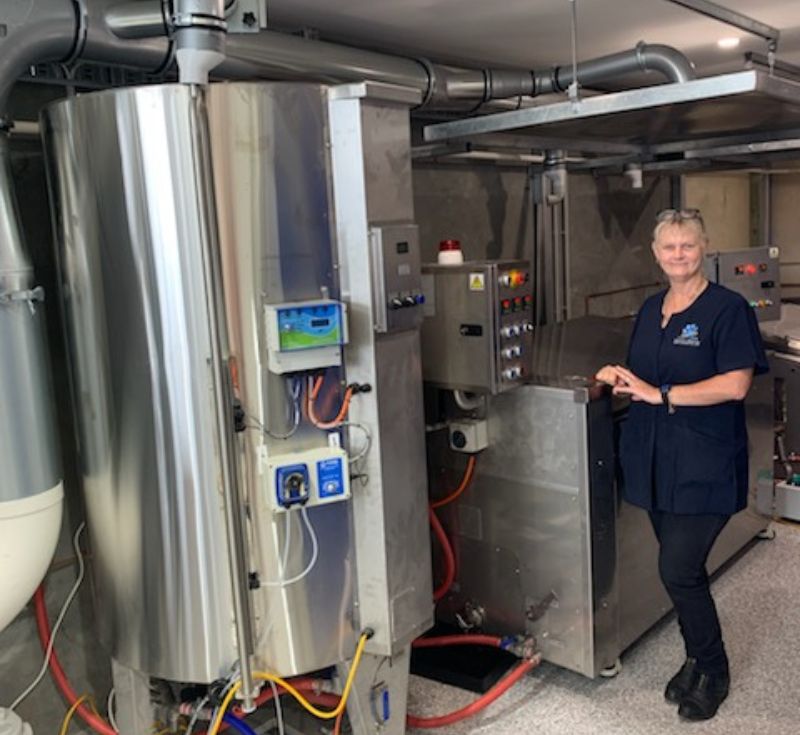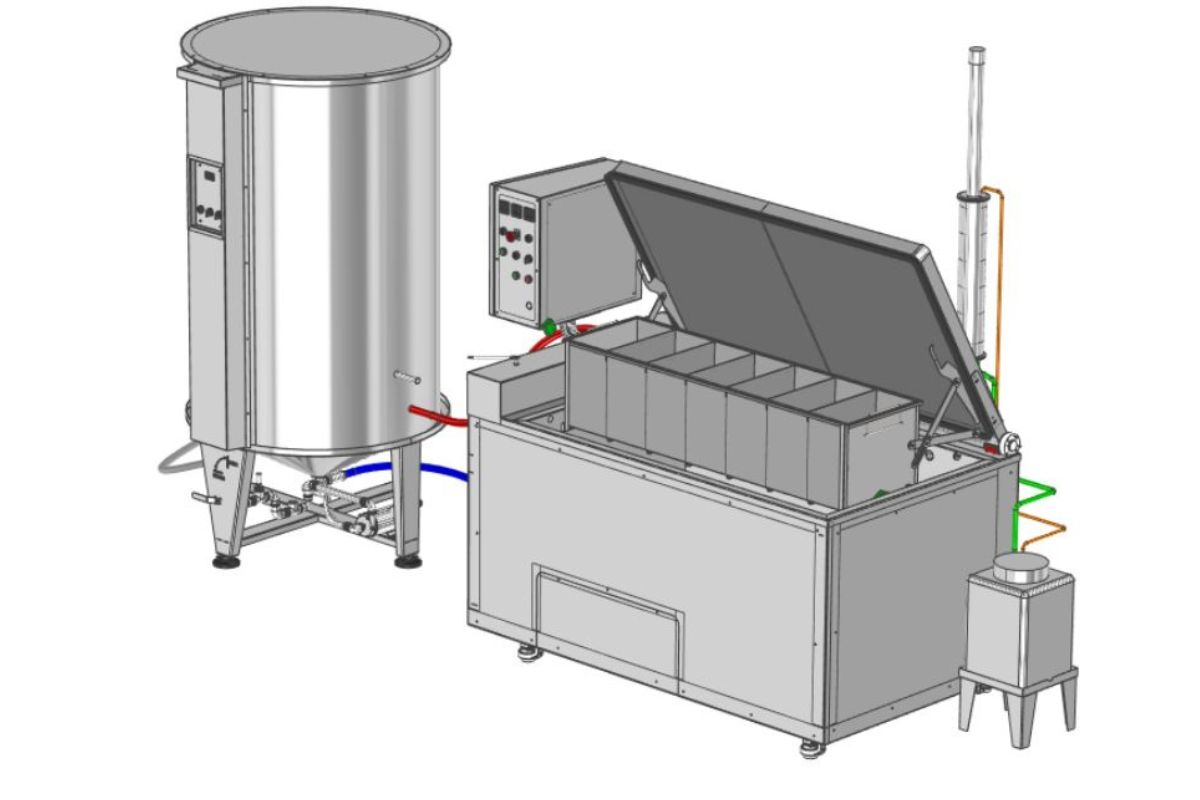Simplifying pet cremation
Australia has one of the highest rates of pet ownership in the world, with an estimated 69% of households owning a pet. End-of-life care has become a significant challenge facing the pet industry, and water cremation is fast becoming the cremation method of choice for pet owners.








